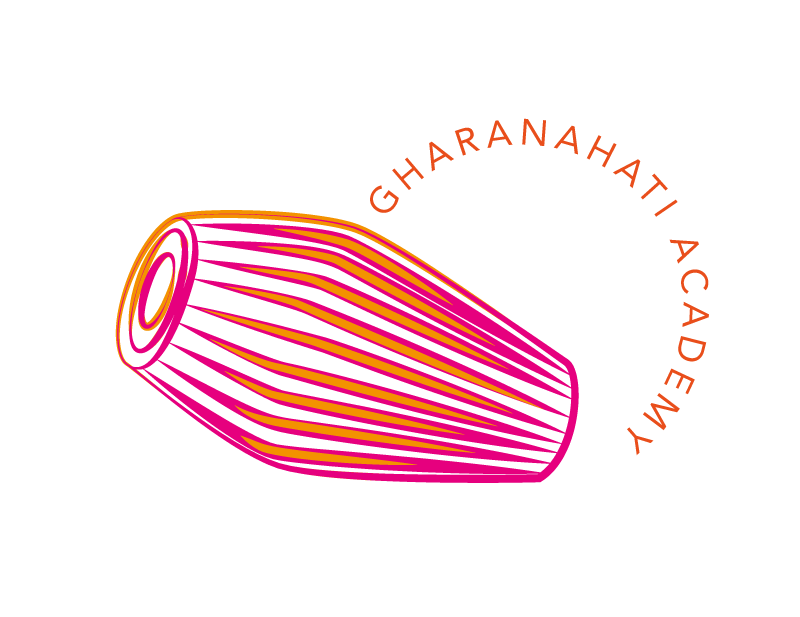Our Mission
Bablu Dāsa, Mahāśaya, is a storehouse of wisdom. Not just of traditional Mṛdaṅga drum culture, but on the whole traditional Kīrtana styles of the previous Gauḍīya Vaiṣṇava Ācāryas. He also is the embodiment of humility and how to approach the art of Kīrtana and Mṛdaṅga playing as a deep meditation and invitation into the moods of Śrī Śrī Rādhā Kṛṣṇa and Śrī Gaura Nityānanda Prabhu.
Mahāśaya has spent more than 35 years compiling Mṛdaṅga books and it is his lifelong mission to make them available to the world.
There are thousands of nectarean tālas (rhythms)/mantras that have been forgotten, part of our mission is to preserve them.
Our mission is to preserve and share his knowledge with the world. Currently, there are over ten volumes written by Mahasaya that are ready to be edited and published. These books will be accompanied by over 100 hours of video recordings with step by step instructions on how to play each bol.
As you can imagine acomplishing this goal is a huge challenge. Raising awareness for this project is crucial if we are going reach our long-term goal and therefore your support is the key to accomplishing this mission!

Who is Bablu Dāsa?
By: Gaura Śiromaṇi Dāsa (from Germany)
One of the students of Bablu Prabhu
The first time I met Bablu Dāsa he was staging a Mṛdaṅga demonstration at the ISKCON Gurukula School in India (Vṛndāvana). The Gurukula Prasādam room was converted into a festive platform. The spotlights of a local TV team illuminated the scene as Bablu presented his young skillful Mṛdaṅga students. Like many other devotees, I had heard before of the famous Mṛdaṅga player who is celebrated as the foremost contemporary authority on this instrument. And like many other devotees, I carried an image of that person in my mind—old most he be and stooped, since he is famous for many, many years ; a beard must he carry, looking grave and dignified, striking with awe. Instead, a handsome young Bengali was sitting relaxed and erect on the platform, carefully shaved, smilingly glancing at the audience with bright eyes: his spotless white Dhotī and kurtā made him appear effulgent and saintly. Immediately upon seeing him I thought, this is such a nice person! That was in the summer of 1997. Some months later he started to teach me. I had many opportunities to increase my appreciation for his mild, yet determined character. As Śrīla Prabhupāda said, the Guru is both as soft as a father and as hard as steel. Both qualities, Bablu shows to a high degree. He is boundlessly patient, in his teaching the young Gurukula school boys, yet his determination to convey the pure style of Gauḍīya Vaiṣṇava music and to elevated his disciples to the topmost platform is unbreakable.
Right from the beginning of my career as his student, he demonstrated the level he expected me to sustain. We played the basic Ārati Kīrtana beat and one tehai, a long decoration going from Hare Rāma until the end of the Mahā-mantra. He said, “You have to play the tehai in double speed. Then the Kīrtana becomes more fired up.” This is the actual standard! He practiced with me: first in single speed, and my crude, untrained hands barely could follow the complicated rhythm. Then in double speed—I just stopped and gazed at his hands flying over the Mṛdaṅga in a way I could not figure out at all.
He appeared to me like a wizard exhibiting a magic art of long, bygone ages. At the same time , his hands produced a rhythm so vibrating and exuciting, yet sweet and tempting that I became convinced beyond any double: this is the real way of playing Mṛdaṅga—I do not want to learn anything from any one else!
The ability to awaken the strong desire in the disciple’s heart to achieve the highest goal is one of the foremost qualities of a great teacher. Not only in this sense, Bablu Dāsa is great.
Then again, Ārati beat and single speed, thereby softly singing the Hare Kṛṣṇa Mahā-mantra. Again I could barely follow, and again I stopped and helplessly looked at Bablu as his fingers danced on the Mṛdaṅga in the rhythm of the double speed. Still he insisted and patiently kept going on. After some time I asked him, “Bablu, this is so fast! Do you really think I ever will learn that? This is too high for me.”
“No,” he said, and his normally soft voice became strong like a lion’s roar, “It must come! Just practice and it will come. There is no doubt!” He was completely convinced and determined.
Somehow we became close friends and started this book project. The more I meet him on a private sphere and came to know of the person Bablu, the more I appreciate and love him. As I am writing this page, I am sitting in his room in Māyāpura, India, looking out the window on the picturesque peaceful scenery surrounding the small bathing pond in front of the house. Bablu is very deep. It will need a life time to discover the multifarious facets of this devotee’s heart. For me, this is the symptom of a real friend: you are never tired to learn more about him.
I pray to Kṛṣṇa that he may allow me to do so for many more years.










